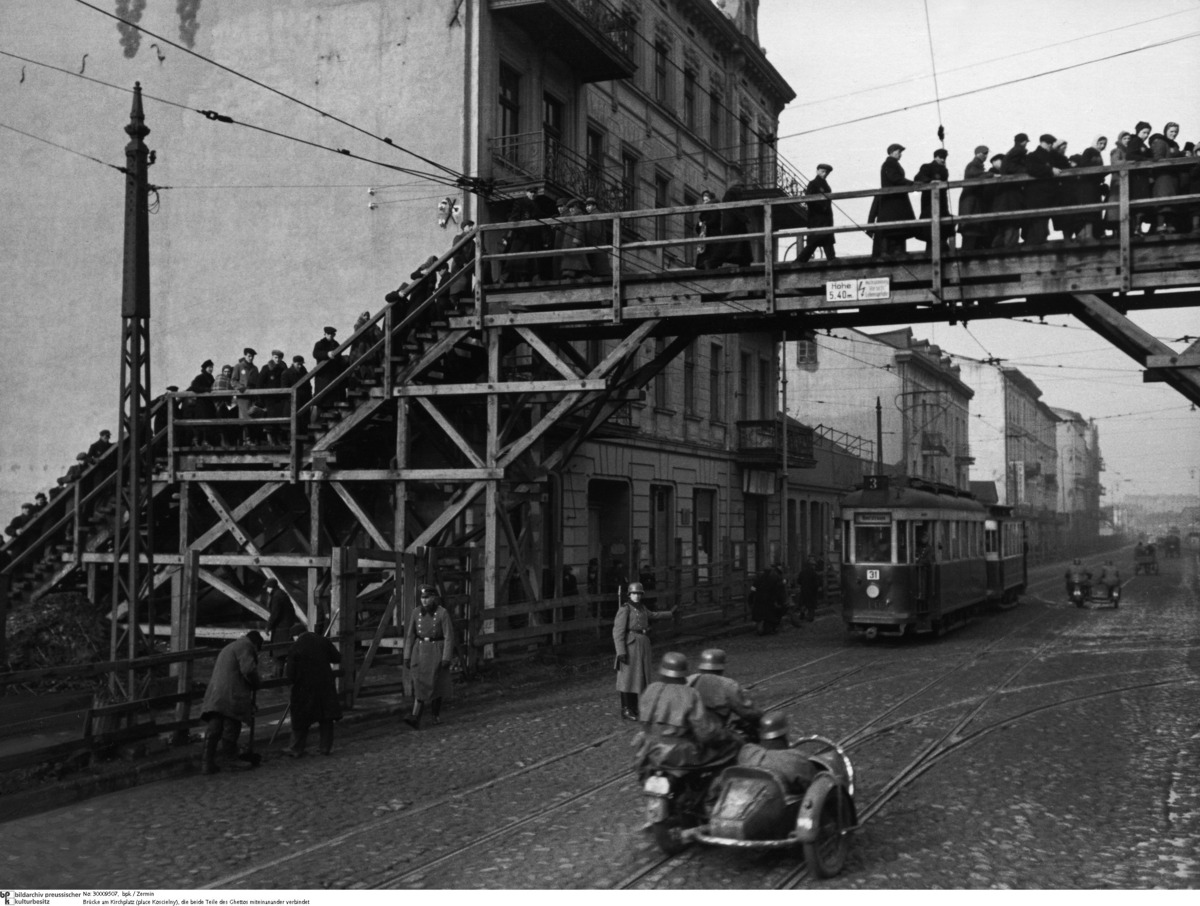Abstract
After the German invasion of Poland in September 1939, the Nazis’
newly expanded sphere of power included the approximately three million
Jews living there. From the outset, the Polish Jews were treated with
extreme brutality. Within a short time, Nazi occupiers began driving
Jews out of their apartments, houses, and homelands and forced them to
live in ghettos under appalling conditions. Between 1939 and 1941, more
than 500,000 Polish Jews died in ghettos and work camps throughout the
country. One of the largest Jewish ghettos was established in the Polish
city of Lodz (Germanized as "Litzmannstadt") in the winter of
1939. After April 1940, the area set aside for the ghetto was completely
cut off from the rest of the city and its non-Jewish population. Jews
from all over Poland (and almost all of Europe) were penned up in Lodz’s
catastrophically overcrowded ghetto. In 1940 alone, an estimated 230,000
people were living in about 30,000 apartments, some of which consisted
of only one room. Of these apartments, only 725 had running water. The
inhabitants of the Lodz ghetto had to earn their minimal food rations
through forced labor. Tens of thousands of them died there as a result
of disease, malnourishment, and abuse. After 1941, the ghetto became a
stopping point for European Jews bound for systematic annihilation in
the extermination camps of the east. In August 1944, the last Jews were
transported from Lodz to Auschwitz.
The Lodz ghetto was intersected by two main thoroughfares (one of
which is seen below) and was thus divided into three parts, which were
connected by two bridges. The bridge on Kirchenplatz is shown here. The
thoroughfare was not part of the ghetto; streetcars used by Lodz's
non-Jewish population could drive through the ghetto but were not
permitted to stop.
